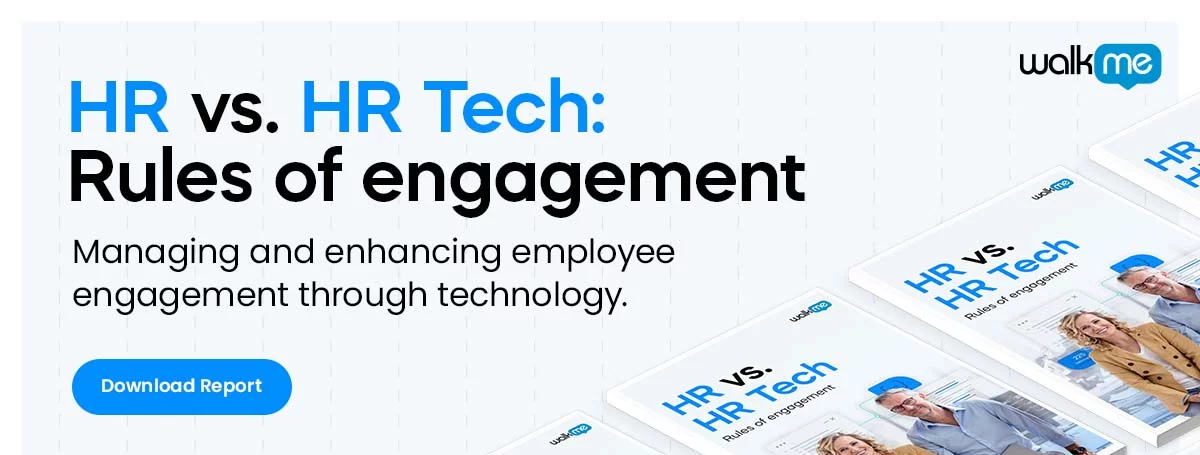
Remote interviewing and onboarding can seem intimidating, but online recruitment doesn’t have to be difficult. With the right software and the right interviewing techniques, remote recruitment can be easy, if not easier, than onsite recruitment.
In this post, we’ll take a look at some of the best software apps and platforms that you can use to streamline recruitment, hiring, and onboarding for new employees.
12 Tools to Streamline Remote Interviewing and Onboarding
Get out your favorite note-taking app, because you’ll want to keep some of these tips for later – which actually brings us to our very first tip:
1. Use Google Keep to keep track of notes
Google Keep is a valuable extension that can be used to keep notes, capture media from the web, and more.
It can be useful in many circumstances, and if it fits into your workflow Google Keep can help you take notes on candidates, are there before, during, or after interviews.
Alternatives to Google Keep include Evernote and Microsoft OneNote.
2. Create templates in task management software
Task management software, such as Trello, can be used to organize workflows.
As with notetaking software, task management tools can simplify the onboarding process. But they go one step further, because they are designed to organize and optimize workflows. For instance, you can attach files, comments, descriptions, due dates, and labels to Trello cards.
Templates can also be made and reused time and again, saving you a significant amount of effort if you repeat the same workflows over and over.
3. Automate repetitive tasks with DAPs
Automation platforms, such as WalkMe’s DAP, can streamline and simplify tedious tasks.
If, for example, you need to repeat the same software tasks over and over, you simply need to create that workflow in WalkMe once. From then on, the DAP can perform the task for you.
4. Use dictation apps to transcribe meetings
Why waste time taking notes by hand or even by keyboard?
Apps such as Otter.ai will automatically record and transcribe anything.
This app is powered by artificial intelligence and generates word-for-word transcripts that include the speaker, timestamps, keyword lists, and more. These transcripts can then be exported into text documents or word files and then shared with other stakeholders.
5. Calendar schedulers can take care of appointments
The right software can connect to your calendar, check when you’re busy, and schedule appointments during your free time.
ScheduleOnce is one example – this software can allow candidates too check your calendar on a website or even through a chatbot, making it easy to set up times. Also, once candidates have selected a time slot, the software will automatically put that appointment into your calendar.
6. Use video software to conduct and record interviews
By now, after 2020, this should be obvious, But it is important 2 conduct video interviews when hiring remotely.
Zoom has become one of the default video conferencing tools across the world, and for good reason. It enables automatic recording, screen sharing, transcriptions, and it has a wide range of integrations including integrations with calendar software and with Otter.ai, mentioned above.
Larger organizations that want even more features can use software dedicated to online video interviewing and recruitment, such as VidCruiter.
7. Digital signature software can streamline documentation
Digital signature software, such as DocuSign, is another staple of the remote workplace.
Using digital signature tools, hiring managers can cut down on paperwork, speed up the hiring process, and change the benefits process into a complete self-service procedure.
8. Online forms can be used for quizzes or intake questionnaires
Online forms can be useful for a range of activities. Hiring managers can use them to take care of basic interview questions or to conduct skills assessments.
For more complex skills tasks, skills assessment software can be a good bet.
9. Use candidate relationship management software to track data
Candidate relationship management software operates much like customer relationship management software, in that they both track data of prospects.
These platforms can make it easy to organize and search through prospective employees’ data.
10. OCR tools can extract data from resumes
OCR stands for optical character recognition. It is a type of AI that extracts text from visual images.
Hiring managers can use these tools to pull data from resumes and put that data into other software, such as candidate relationship management software or talent acquisition software.
11. Get a high-level view with talent acquisition software
Talent acquisition software is robust software that aims to streamline the entire hiring process, from workforce planning to recruitment and onboarding.
Features vary from platform to platform, but these tools often include advanced features such as artificial intelligence, automation, and more.
12. Go deep into your workforce strategy with HCM platforms
Last but not least, every organization should have some type of HR software.Enterprises well typically use HCM platforms, such as Workday®, which offer extremely advanced functionality for HR departments. Small- or medium-sized businesses, on the other hand, may use HR platforms, such as BambooHR.
WalkMe Team
WalkMe spearheaded the Digital Adoption Platform (DAP) for associations to use the maximum capacity of their advanced resources. Utilizing man-made consciousness, AI, and context-oriented direction, WalkMe adds a powerful UI layer to raise the computerized proficiency, everything being equal.



